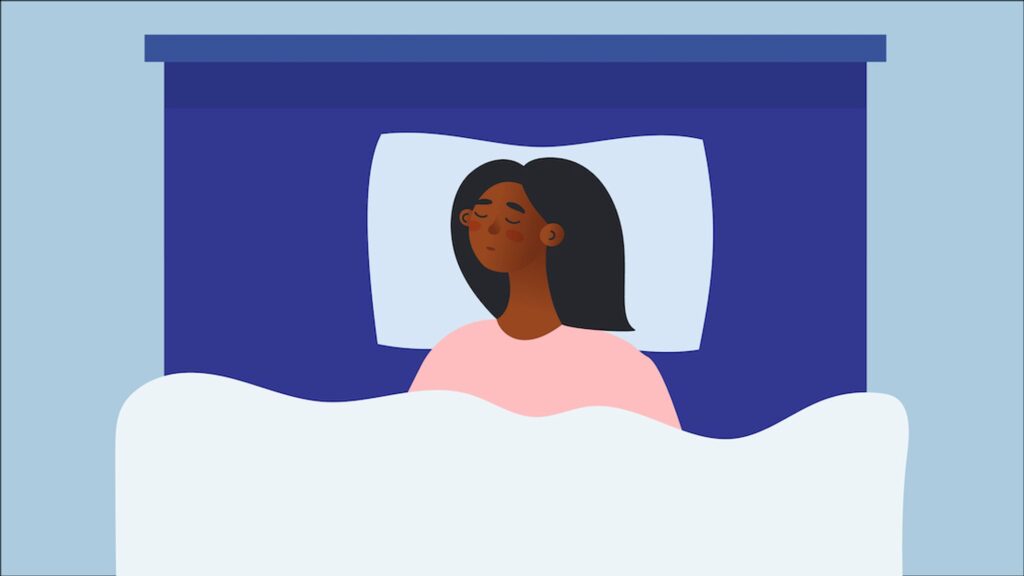
Top sleep expert Dr. Abhinav Singh, director of the Indiana Sleep Center, medical review expert at Sleep Foundation, member of the American Academy of Sleep Medicine, and author of Sleep to Heal, recently told USA Today that the healthiest sleep position is on your back. (1)
According to Dr. Singh, sleeping on your back is optimal for spinal health and can best ease chronic back or neck discomfort. However, some experts believe sleeping on your back can be risky for some people or make certain conditions worse.
Benefits of Sleeping on Your Back
Back sleeping is generally considered the best position for your spine, according to Dr. Singh. It can also help with chronic back or neck pain. Dr. Singh says the top benefit of back sleeping is that it distributes your weight evenly across your body and eliminates unnatural curves in your spine while you sleep.
Back sleepers will also get better beauty sleep since leaving their faces unobstructed by pillows or blankets allows the skin to “breathe” and repair damage. Plus, it might help prevent wrinkles or creases due to gravity and compression on your face at night.
Additionally, sleeping on your back is a more breathable position since your face is up toward the ceiling, allowing your diaphragm to expand fully. It also eases nasal congestion—a plus for anyone dealing with snoring or stuffiness that can prevent restful sleep for you and any bedmate.
It should be noted that for babies, back sleeping is the only recommended sleeping position to prevent sudden infant death syndrome (SIDS).
The Best Way to Sleep on Your Back
Back sleepers can benefit from a relatively firm mattress that helps maintain the spine’s alignment. Check out Sleepopolis’s picks for the best firm mattress out there. A medium-firm to firm mattress can provide pressure relief to the lower back while supporting the hips to keep them aligned with the shoulders. It’s also wise to opt for a medium loft pillow that won’t strain the neck too much when lying down in a supine position.
Back Sleeping Risks
However, there are reasons why some sleeping positions may not be suitable for you. For one thing, if you are pregnant, sleeping on your back can be both uncomfortable and risky, especially in the third trimester. The weight of your uterus can put too much pressure on your major blood vessels, spine, and intestines, which can cause multiple problems, including reducing circulation to the placenta and placing the baby at risk.
According to Dr. Mike Basten, DPT and CEO at Foothills Physical Therapy and Sports Medicine, sleeping on your back isn’t recommended because it can cause or exacerbate back pain. Similarly, if you have sacroiliac joint pain, sleeping on your back with your legs straight tends to put extra stress on the joint, making back sleeping the worst position for you.
If you can’t seem to adjust to a side sleeping position, he suggests supporting the natural curve of your back by putting a pillow under your knees. Placing a pillow under your knees can remove pain in your lower back because it supports you from your neck to your back and reduces pain in the hips and knees. Dr. Basten also suggests using a supportive pillow under your head to keep your head, neck, and spine well-aligned.
Best Positions Based On Your Needs
Sleeping on your back isn’t always the best choice. Depending on your individual needs and circumstances, another position might work better for you.
Pain Management
Dr. Caryn McAllister, a physiotherapist specializing in chronic pain management, says the best sleep position is what’s most comfy for the sleeper and the person they are sleeping with. “Sleep is so important, and most of us don’t get enough of it,” she says. If a specific position helps you get the most sleep, it’s likely the right one for you.
Dr. Basten stresses that good sleep is foundational to our health, affecting everything from mood to chronic pain. Plus, he says, there’s a link between poor sleep and back pain, so rethinking sleep position is a top priority for anyone with back pain. His recommendation happens to be the most popular sleep position.
“Side is best!” says Dr. Basten. “To maintain comfort and support, keep your legs slightly bent and place a pillow between your knees to help keep your hips aligned. Arrange your lower arm forward to rest more comfortably on your shoulder blade, easing any undue pressure and promoting a restful night’s sleep.”
Stomach sleepers might be disappointed to hear this position is not recommended as it puts too much strain on your back. “If you must sleep on your stomach, align your spine better by putting a pillow under your pelvis and a flat pillow (or none) under your head,” says Dr. Basten.
Acid Reflux and Sleep Apnea
Dr. Singh also strays from his back-is-best recommendation for people with gastroesophageal reflux disease (GERD). He says that lying flat on your back can sometimes worsen reflux issues since gravity isn’t keeping stomach acid in check. Also, if you snore, he says sleeping on your side is more likely to prevent the worst of your snoring, although Dr. Singh recommends watching for signs of sleep apnea if you still snore when you’re sleeping on your side.
If you have sleep apnea, sleeping on your side can open the airway and reduce symptoms, and you may be able to use a lower CPAP machine air pressure. Left-side sleeping, in particular, can relieve acid reflux or (GERD), which is common with sleep apnea.
Back sleeping can worsen sleep apnea by obstructing the airway, and stomach sleeping covers the face and mouth, which isn’t a good idea if you have sleep apnea, especially if you’re using a CPAP machine. Figuring out the best sleep position might mean experimenting with positioning, pillows to support you, and your mask.
Sinus and Breathing Problems
One of the worst sleeping positions for sinus drainage is lying flat on your back. This position can cause congestion in the nose and, for some people, obstruction in the palate and throat, leading to more significant obstruction at the nose level. If you find it difficult to sleep with your head elevated, a wedge pillow with a gradual incline can help with sinus drainage without causing neck pain.
Like sleep apnea, if you have breathing issues like COPD, sleeping on your back can obstruct the airway, especially, and sleeping on your left side is a safer bet. For back sleepers, elevating the head can help reduce airway pressure, and turning the head to one side may decrease symptoms. Some research suggests that sleeping on the right side may boost oxygen levels in some conditions but could exacerbate heartburn.
Interestingly, stomach sleeping might be helpful for breathing during severe colds, respiratory infections, and viruses like COVID-19. Some studies suggest that sleeping on your stomach can relieve pressure on the lungs, allowing them to expand fully.
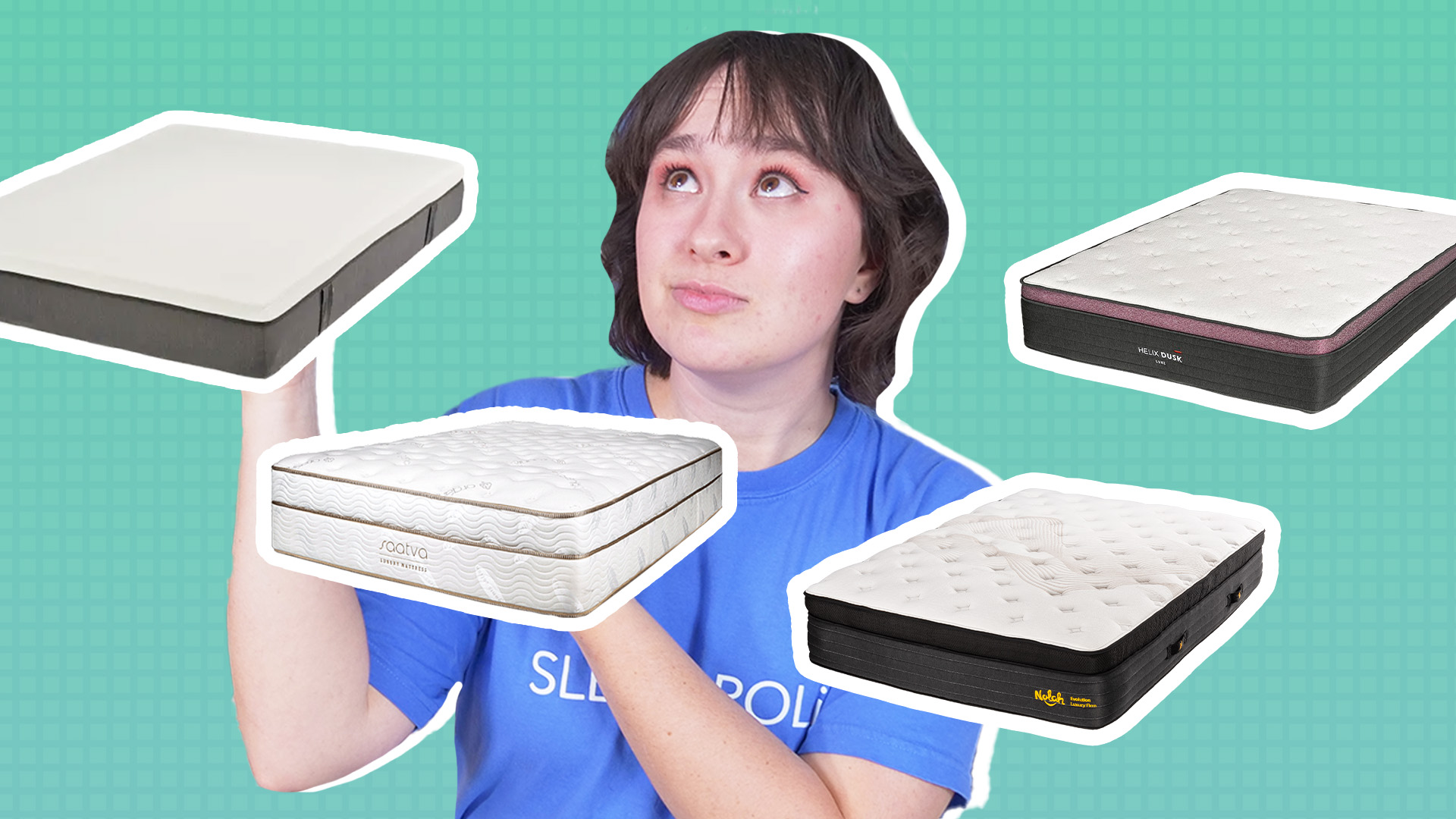
Best Mattress for Back Sleepers
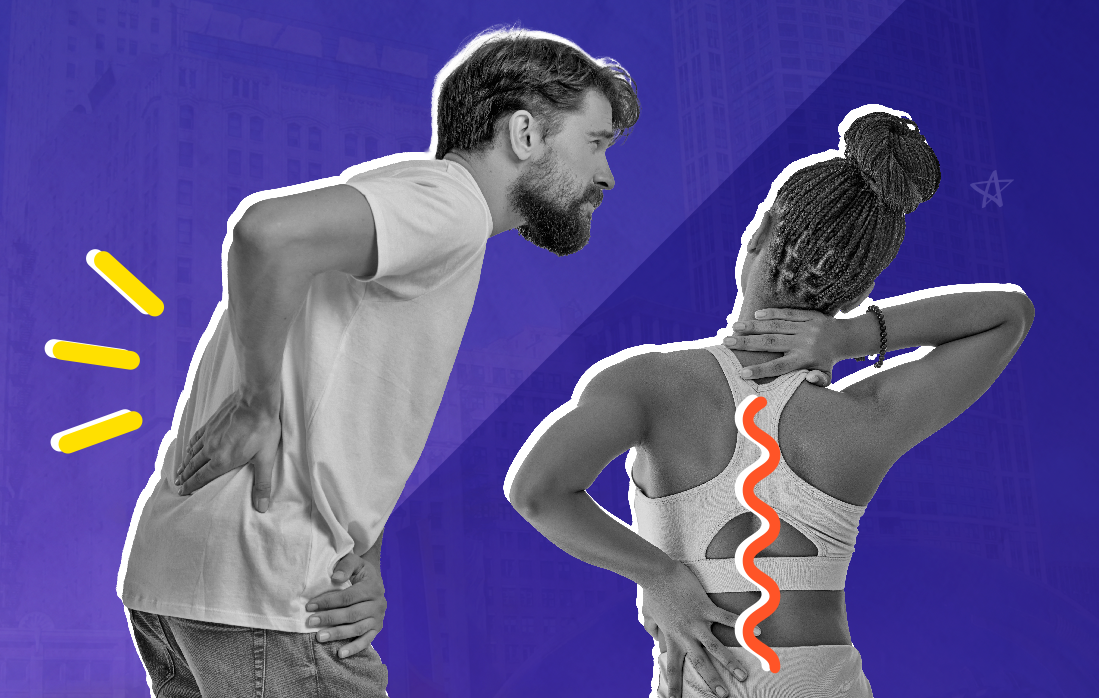
How to Sleep with Scoliosis
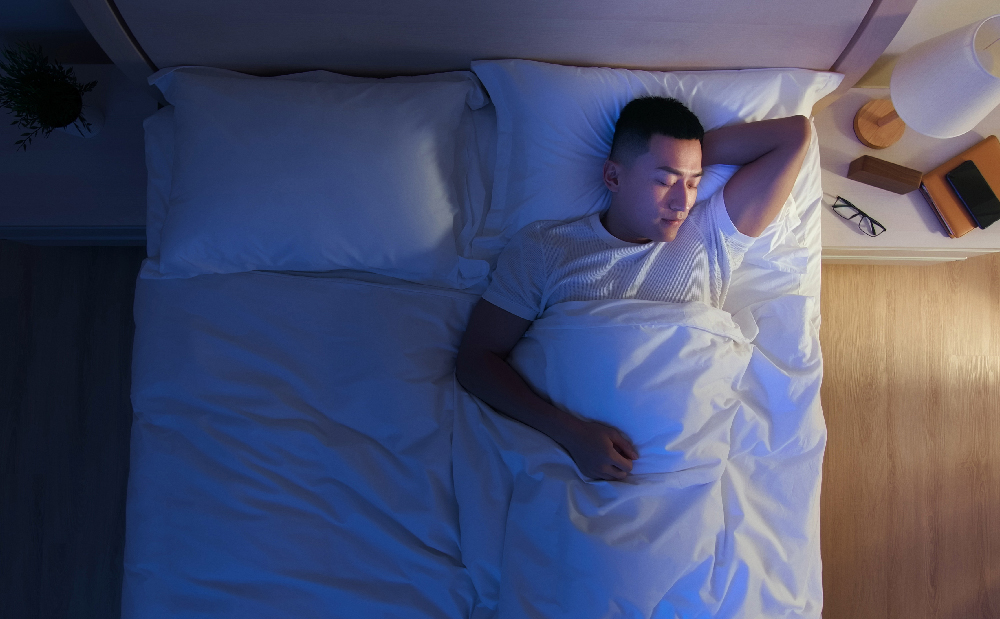
How to Train Yourself to Sleep on Your Back
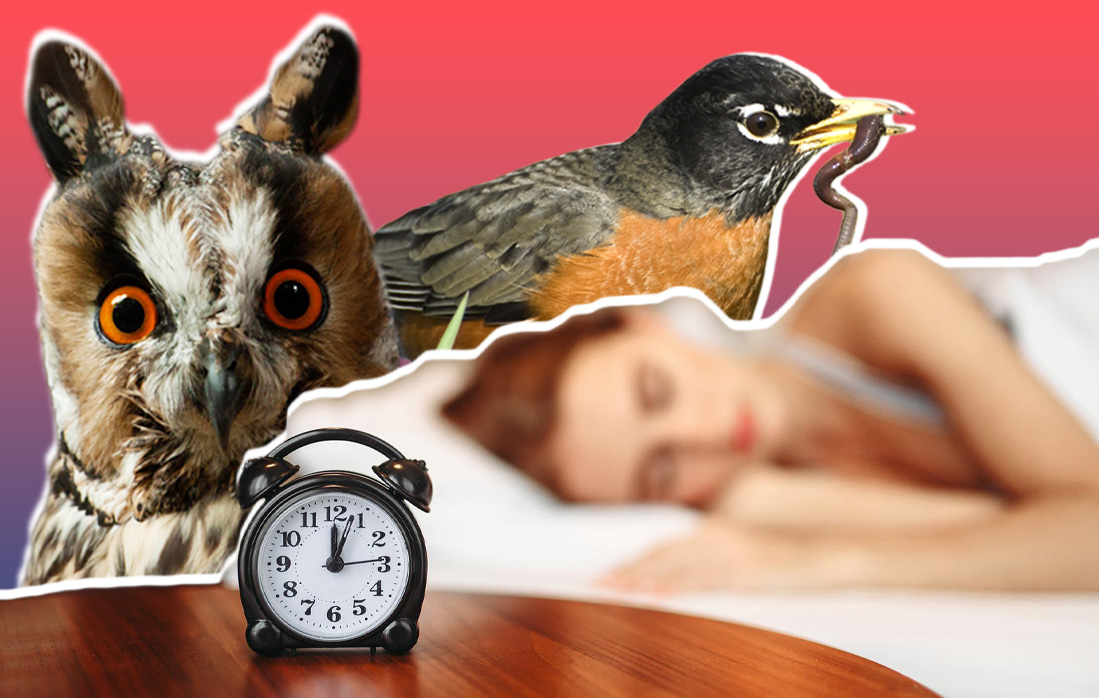
Can You Become a Morning or Night Person? Experts Weigh In.
Sources
1. Mulroy, Clare; “What is the best sleep position? An expert weighs in on the healthiest way to ensure rest,” USA Today; https://www.usatoday.com/story/life/2024/03/31/best-position-to-sleep/73072658007/; April 3, 2024.
Basten, Mike. Author interview. April 2024.
McAllister, Caryn. Author interview. April 2024.



























